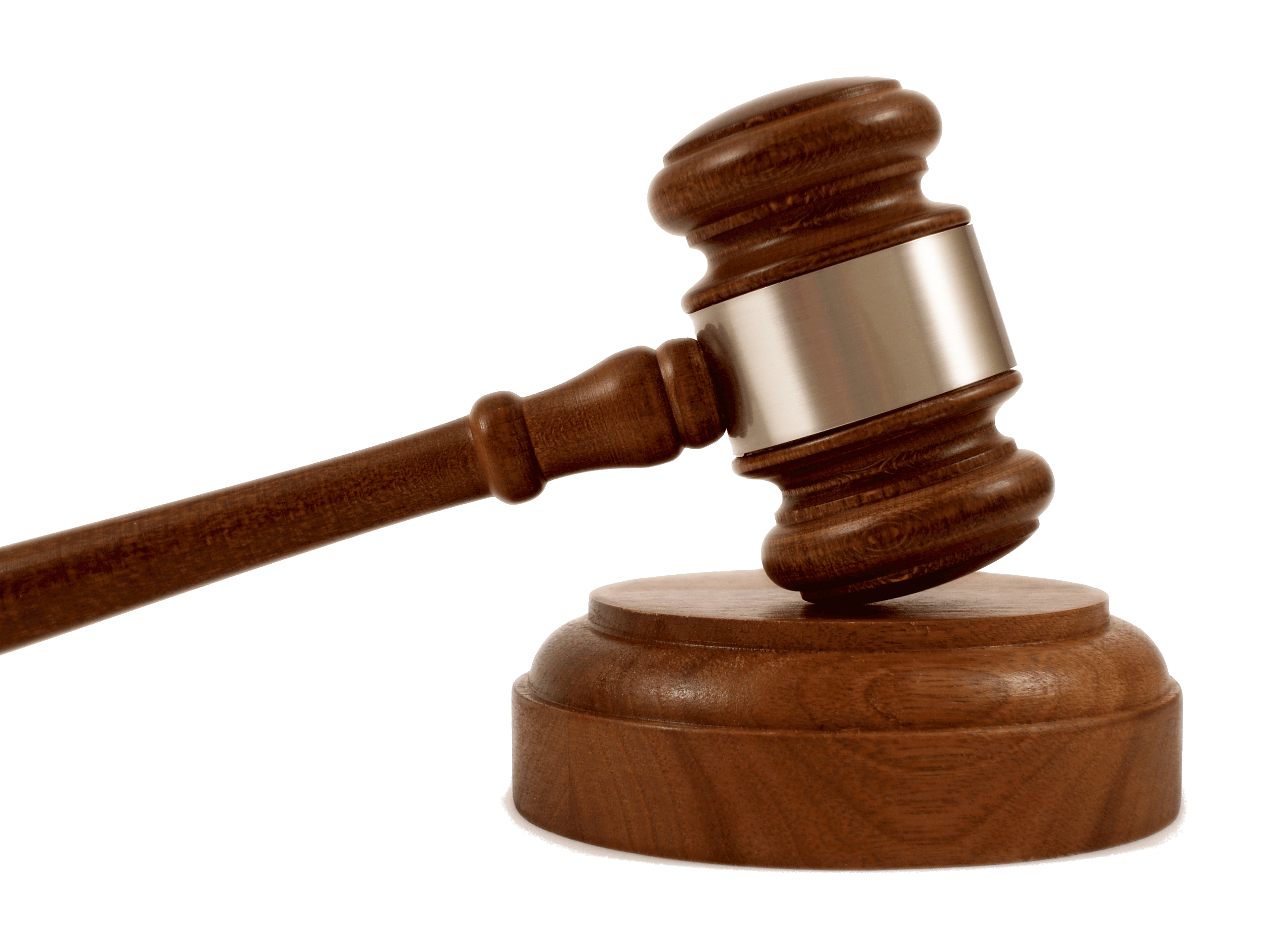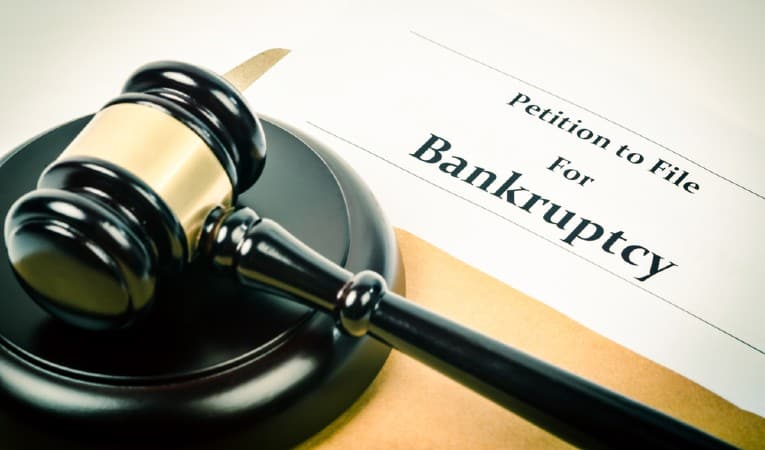A Brief Guide On Getting Out Of Debt Through Chapter 7 Bankruptcy - San Diego
With Chapter 7 Bankruptcy, San Diego residents can find immense relief in such situations. Book Your Free Bankruptcy ConsultationBankruptcy is a set of rules under the Federal Law that helps individuals and businesses who owe more debt than they can pay. Bankruptcy laws also help people get a fresh start by liquidating their assets to pay debts. They cover the procedures under Title 11 of the United States Bankruptcy Code. The Bankruptcy Court in the Southern District of California deals with bankruptcy in San Diego. Though there are various legal provisions to file bankruptcy like Chapter 7, Chapter 11, and Chapter 13 applicable to different situations, this article focuses specifically on Chapter 7 Bankruptcy – San Diego County, relevant to both individuals and businesses.
San Diego County Bankruptcies
Whether it is an individual, organization, or corporate, an entity may file a bankruptcy case if it is no longer able to pay its creditors. Creditors cannot sue an entity that has filed a bankruptcy case in a designated court. This article focuses on the bankruptcy laws in San Diego County, where the California bankruptcy laws apply. These laws apply to individuals and organizations that seek relief conferred under these laws. Chapter 7 applies to individuals and organizations that are not corporate, and it provides for liquidation of assets of the entity to discharge debts. Chapter 13 applies to individuals, including sole proprietors who want to reorganize themselves to continue operations.
How One Can Get Out Of Debt – San Diego?
A bankrupt entity in San Diego County can typically file a bankruptcy case in the Bankruptcy Court of the Southern District of California that serves San Diego County and Imperial County.
Although the law has provision for individuals to file bankruptcy pro se (US Courts. Filing), it is not common, as most individuals find difficulty due to its complexities, besides the risk of losing the benefits by making mistakes. Engaging a reliable bankruptcy attorney is desirable for presenting documents appropriately and pursuing the case up to its logical end. A bankruptcy attorney in San Diego is valuable as preparing documents requires frequent interactions between the entity that seeks benefits and the attorney during the preparation of papers for submission to the court.
How To Choose A Bankruptcy Attorney Near Me In San Diego?
The attorney chosen by the debtor to handle their bankruptcy filing requirements must provide the following advice and support.
- Advice on whether a bankruptcy petition filing is required
- Advice as to under which chapter to file
- Advice on whether one can discharge one’s debts
- Advice on whether one will keep one’s home, car, or other property following the filing
- Advice on the tax consequences of filing
- Advice on whether to continue to pay creditors
- Explanation of bankruptcy law and procedures
- Help with completing and filing forms.
- Assistance with all aspects of the bankruptcy case
Implications Of Chapter 7 vs. Chapter 13
San Diego County Bankruptcies relating to establishments other than corporate can fall under provisions of either Chapter 7 or Chapter 13. As already mentioned above, Chapter 7 filing is possible for individuals and establishments other than corporate, whereas Chapter 13 filing applies only to individuals, self-employed individuals, and proprietary establishments.
Some other differences between the operations of Chapter 7 vs Chapter 13 bankruptcies are:
- Chapter 7 invariably includes liquidation, whereas Chapter 13 provides for reorganization.
- Disposable income must be low to pass the ‘means test’ for the Chapter 7 category.
- For Chapter 13, secured and unsecured debts cannot exceed specified limits.
- The authorities dispose of Chapter 7 cases within 4 to 5 months, whereas Chapter 13 takes about 3 to 4 years.
Chapter 7 Bankruptcy San Diego – The Required Set Of Documents For Filing
One can start the paperwork of filing Chapter 7 Bankruptcy in San Diego once the attorney has appraised them about the pros and cons of filing. The paperwork involved for Chapter 7 is more or less comparable with that of Chapter 13.
After organizing all paperwork, the incumbent must look into the list of California Bankruptcy Exemptions. The list includes specific amounts of the home’s value, disability benefits, furniture, and home appliances. The debtor can exclude some items if they can purchase them. The document set for submission in Chapter 7 filing includes:
- Itemized list of current assets
- Details of significant financial transactions for the preceding two years
- Monthly living expenses
- Secured and unsecured debts
- All properties (assets and possessions)
- Tax returns of the preceding two years
- Deeds of real estate owned.
- Titles of cars and vehicles owned.
- Documents relating to all loans
Following the documents’ submission, the court will take charge of the assets that are not exempt from the Bankruptcy Code. One can expect the court to hold a meeting between the debtor and the creditors within one month of filing to sort out differences between the parties. This stage of the proceedings is called the ‘341 meeting.’
Chapter 7 bankruptcy filing is a blessing for San Diego residents that are beset with the burden of debts. It can be of help to both individuals and businesses alike. Unlike Chapter 13, which takes years, the entire process for Chapter 7 Bankruptcy in San Diego can end in a few months, helping the debtor start a new financial life soon. Consulting an experienced and skilled bankruptcy attorney in San Diego can help a debtor dispose of the entire process in the smoothest way possible.


